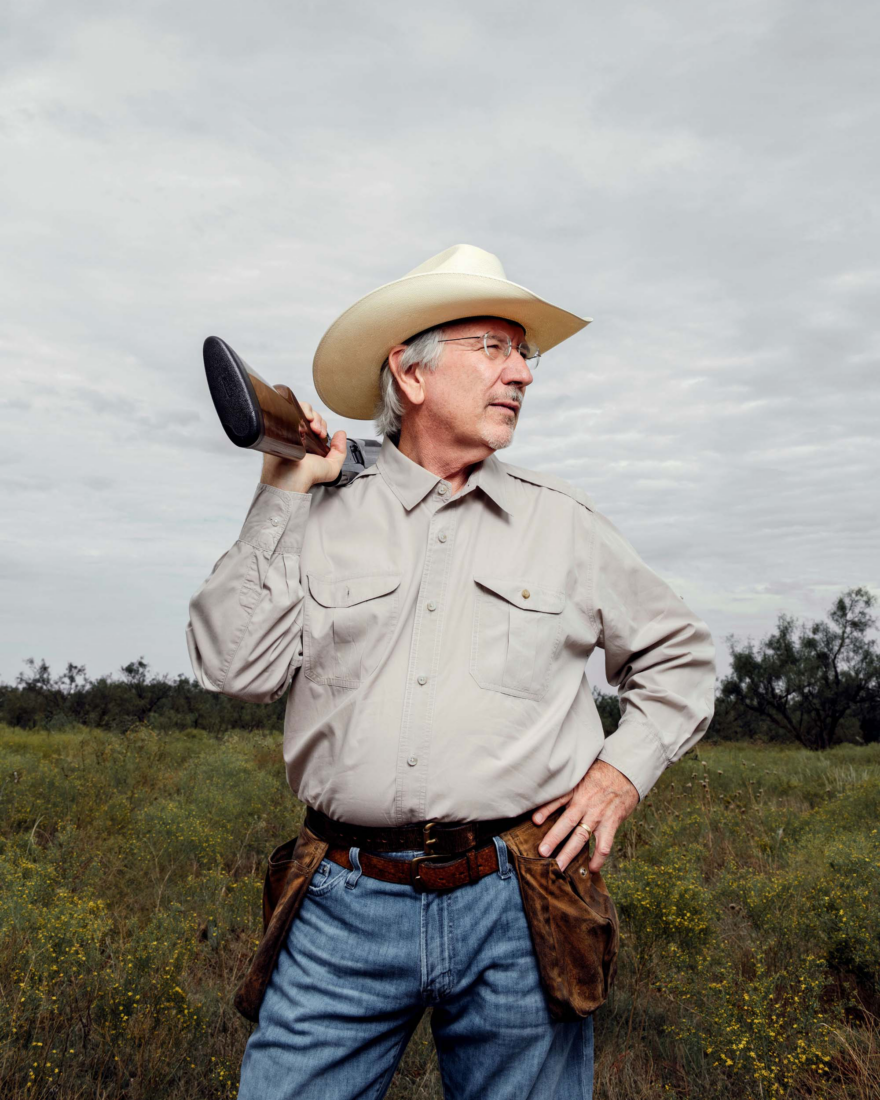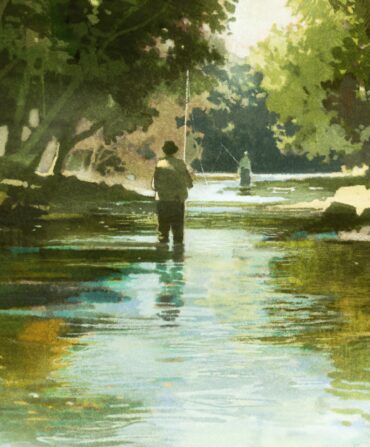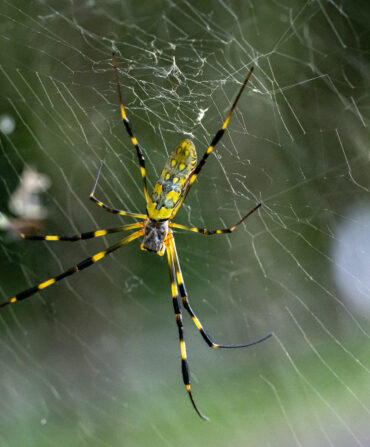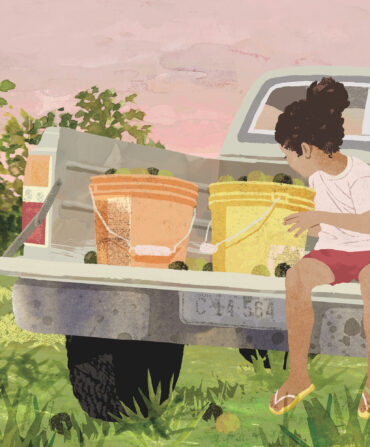It’s not easy being a bobwhite quail. Like many species, that iconic game bird has suffered from fragmentation and loss of its grasslands habitat, especially in the last fifty-some years. And its predators are legion, ranging from skunks to raccoons to snakes to, especially, aerial threats like the Cooper’s hawk, which can swoop down and snatch a quail with its talons in midair. “A quail’s got to be an elite athlete every day,” says Ronald Kendall, a professor of environmental toxicology at Texas Tech University. “Everything’s trying to eat him.”
Another reason bobwhites have seen catastrophic declines across much of their native range in the Southeast, says Kendall, who heads up the university’s Wildlife Toxicology Laboratory (and who was one of G&G’s Southern Heroes in 2020), is the enemies within: infestations of parasitic eyeworms and cecal worms that the birds contract by eating infected insects such as crickets and grasshoppers. Once the parasites take hold, they increase stress on the birds, weaken their immune systems, and suppress their energy, making them easier pickings for predators. Across a population, that can add up to drastic plunges in quail numbers.
In the Rolling Plains of Texas, says Kendall, an avid hunter himself who owns a ranch outside Lubbock, “in a little over a decade we’ve seen two massive crashes,” one in 2010 and 2011 and another seven years later. “Every time we get a population peak, we get a crash, and I think it’s mainly disease-driven. I’ve seen the very best quail habitats lose ninety percent of their quail, and they didn’t hunt for five years.” But now, with a recent boost from the U.S. Food and Drug Administration, Kendall has a powerful new weapon to wield to help save and stabilize the wild populations that remain.

Earlier this year, after an arduous, nearly decade-long process, the FDA approved QuailGuard, a medicated feed Kendall developed that combats the parasites and helps prevent quail populations from bottoming out. It’s just now become available in fifty-pound bags in feed stores throughout West Texas; the FDA recommends landowners dispense it strategically for twenty-one-day spans twice a year, in spring and fall, in special metal feeders that shelter the birds from predators so they can feed undisturbed. More than 60 percent of the profits from sales will go back to nonprofits such as the Dallas-based Park Cities Quail Coalition and the Rolling Plains Quail Research Foundation, both of which helped raise funds to sponsor Kendall’s long-term research—at least $5 million, he estimates.
“This is the first commercially available wildlife drug treatment to be offered in natural habitat in U.S. history,” Kendall says. “We have found it to be very safe and extremely effective in eliminating the parasites from these birds. The quail are surviving longer, and those increases in survival translate to more breeders in the spring. The whole goal was sustainable, huntable populations, and that’s what we’re achieving on our demonstration ranches,” four private sites in Texas and western Oklahoma. “We are not seeing those crashes.”
Might QuailGuard help revive wild quail in other parts of their native range across the Southeast? It’s too early to say, but Kendall has high hopes. “I predict this is broader than just Texas,” he says. “The QuailGuard organization is telling me they’re hearing from Florida and the Carolinas already. Based on the data we’re seeing, I think it’s gonna be a game changer.”








